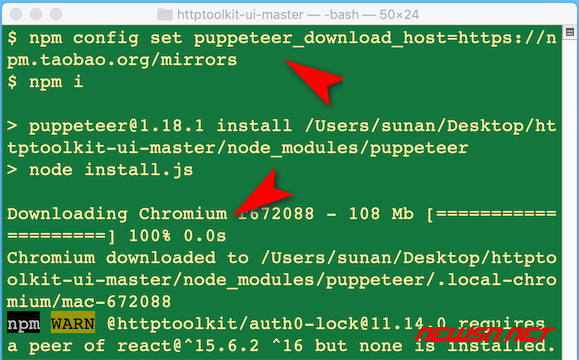

Puppeteer uses several defaults that can be customized through configurationįor example, to change the default cache directory Puppeteer uses to installīrowsers, you can add a. Include $HOME/.cache into the project's deployment.įor a version of Puppeteer without the browser installation, see Your project folder (see an example below) because not all hosting providers Latest version: 1.1.10, last published: 3 years ago. Heroku, you might need to reconfigure the location of the cache to be within A simple NPM package to convert html to pdf for Node applications by using Puppeteer. npm i puppeteer-core or 'yarn add puppeteer-core' puppeteer-core is intended to be a lightweight version of puppeteer for launching an existing browser installation or for connecting to a remote one. When installed, it downloads a version of Chromium, which it then drives using puppeteer-core. If you deploy a project using Puppeteer to a hosting provider, such as Render or Since version 1.7.0 we publish the puppeteer-core package, a version of Puppeteer that doesn't download Chromium by default. puppeteer is a product for browser automation. The browser is downloaded to the $HOME/.cache/puppeteer folderīy default (starting with Puppeteer v19.0.0). Puppeteer is a headless Node library that provides a high level API for controlling Chromium or. Click this button on the bottom right: Click on the New button under System variables: Enter the variable name and value as given below: Key. Once you have a solid understanding of Puppeteer’s API and how it fits together in the Node. When you install Puppeteer, it automatically downloads a recent version ofĬhrome for Testing (~170MB macOS, ~282MB Linux, ~280MB Windows) that is guaranteed to Search this term Edit the system environment variables in Start Menu and open it. There are many ways you can download files with Puppeteer.


 0 kommentar(er)
0 kommentar(er)
